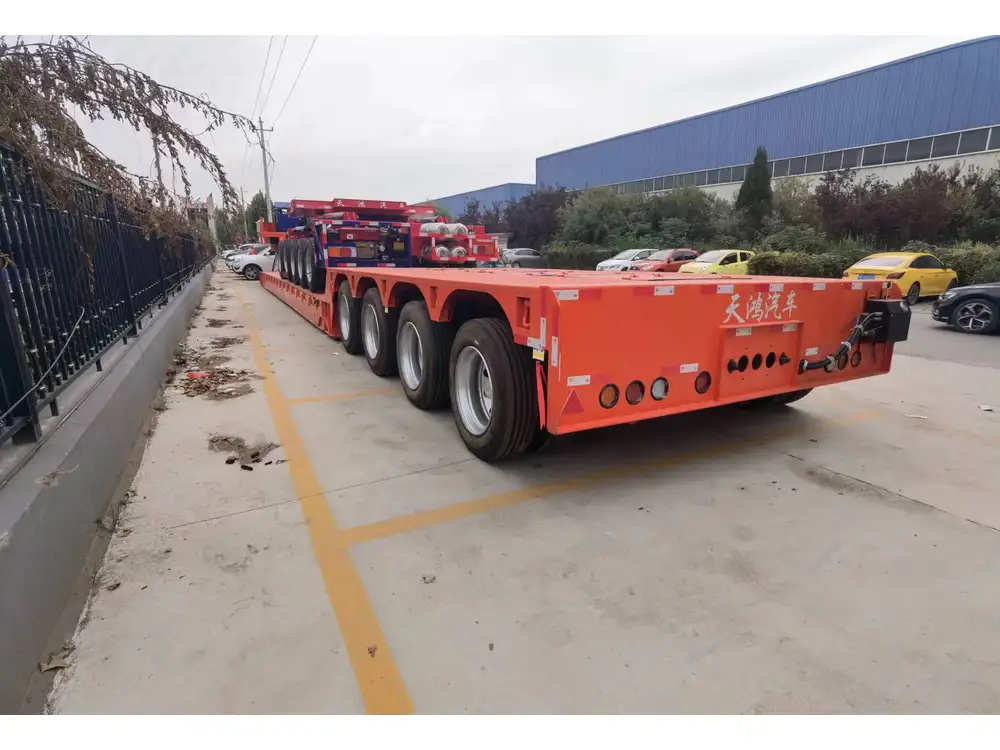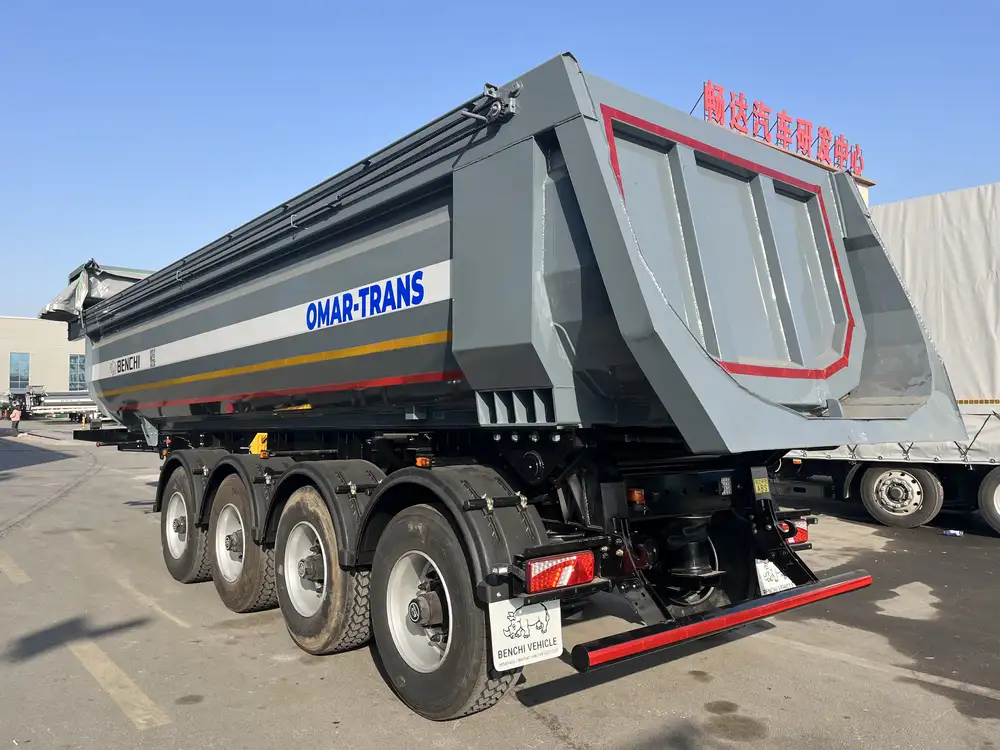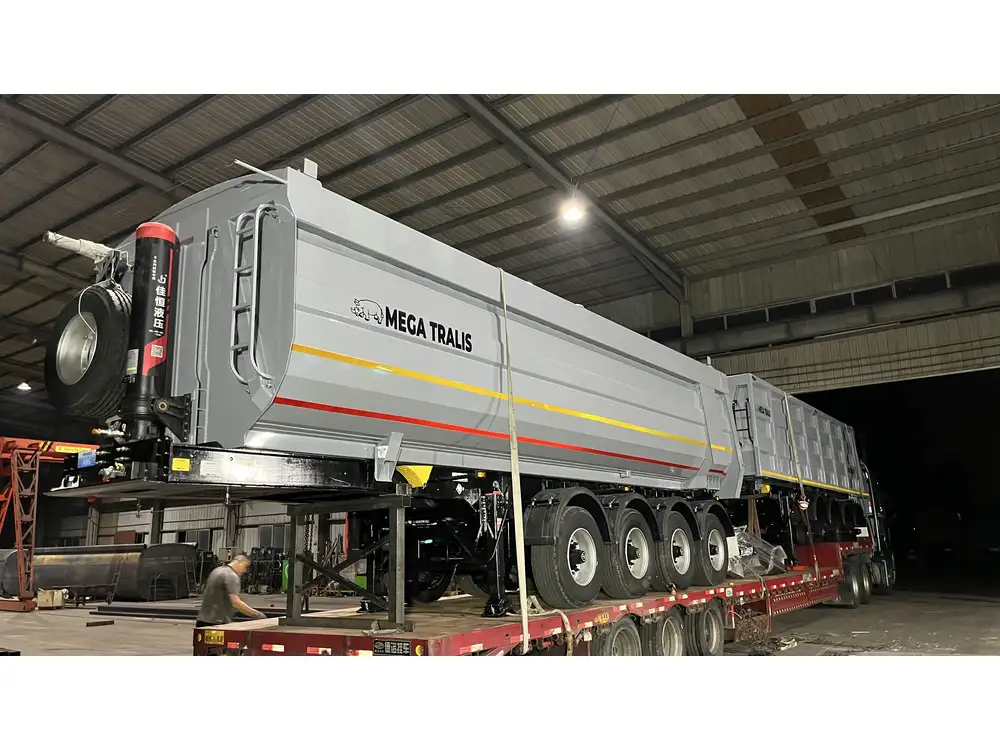Transporting structural steel effectively requires careful planning and execution to ensure that the load remains secure throughout its journey. Flatbed trailers are often the preferred choice for such tasks due to their versatility and open design. In this guide, we will explore the best methods and techniques for binding structural steel to a flatbed trailer, ensuring both safety and compliance with industry standards.
Understanding the Importance of Proper Binding Techniques
Structurally transporting steel isn’t just about loading up the flatbed and hitting the road. The risks associated with improperly secured loads are significant, including:
- Load Shifting: Movement during transport can lead to loss of control and accidents.
- Damage to Materials: Inadequately secured steel can be damaged, leading to costly replacements.
- Legal Repercussions: Non-compliance with transportation regulations can result in fines or restrictions.
Equipment and Tools Required
To bind structural steel to a flatbed trailer effectively, you will need the following equipment and tools:
| Tool/Equipment | Description |
|---|---|
| Ratchet Straps | Adjustable straps for securing loads with a ratchet mechanism. |
| Chain Binders | Durable chains with binders that tighten for heavy equipment. |
| Dunnage | Wood or plastic used to stabilize materials and prevent movement. |
| Edge Protectors | Items placed on sharp corners of materials to prevent strap damage. |
| Winch System | A mechanical system to securely pull cargo tight. |
| Bungee Cords | For additional securing or stabilizing lighter materials. |
| Tarpaulins | Protective covers to shield materials from weather conditions. |
By equipping yourself with the right tools, you can enhance the security of your load significantly.

Step-by-Step Process to Secure Structural Steel
Step 1: Preparing the Trailer
Before loading, ensure that the flatbed trailer is in good condition. Inspect the following:
- Deck Integrity: Check for any damages or weaknesses in the trailer deck.
- Tie-Down Points: Make sure all tie-down points are secure and can withstand the load’s weight.
Step 2: Loading the Steel
Proper loading is crucial. Follow these guidelines:
- Positioning: Load the steel evenly across the trailer. Heavy pieces should be placed closer to the center of the trailer to maintain balance.
- Using Dunnage: Place dunnage beneath the steel to provide a solid foundation and prevent damage to both the trailer and materials.
- Height Considerations: Ensure the load height complies with local regulations to avoid overhead obstacles.

Step 3: Choosing the Right Binding Method
A. Ratchet Strapping
Ratchet straps are excellent for medium-weight steel and can be adjusted for tightness.
- Placement: Secure straps at multiple points across the load, ensuring even pressure distribution.
- Technique: Feed the strap through the ratchet, pull tight, and secure following the manufacturer’s instructions.
B. Chain Binders
For heavy structural steel pieces, chains are recommended due to their superior strength.
- Attachment Points: Secure chains to the trailer’s D-rings and around the steel using a secure binding method.
- Tensioning: Use a ratcheting or lever mechanism to tighten the chains, ensuring they are snug but not overly tight, which may damage the load.

Step 4: Inspecting Load Securing
Conduct thorough inspections before transport:
- Check Ratchet Straps: Ensure every strap is tight and safely clipped into place.
- Examine Chains: Look for any signs of wear or improper fastening.
- Verify Dunnage Position: Confirm that dunnage has not shifted and is providing adequate support.
Step 5: Continuous Monitoring During Transport
While you may have secured your load effectively, conditions may change during transit.
- Frequent Checks: Stop periodically to inspect load security, especially after long distances or if driving over rough terrain.
- Weather Preparedness: Ensure protective covers are applied during adverse weather conditions and secured even if not used during loading.
Legal Considerations and Compliance
Adhering to state and federal regulations regarding load securing is non-negotiable. Not only do these regulations exist for the safety of transporters and other road users, but they also help to avoid fines and ensure accountability.

Key Regulations to Consider
- Federal Motor Carrier Safety Administration (FMCSA) Regulations: Mandate specific load securing practices and measurement of securements.
- State-Specific Laws: Regulations may vary, so familiarize yourself with local regulations regarding weight limits, load securing, and permit requirements.
Troubleshooting Common Challenges
Even with the best practices, challenges may arise during the binding process or transport. Here are effective strategies for addressing these issues:
| Challenge | Solution |
|---|---|
| Load Shift | Stop the vehicle and reassess the securing techniques. Add additional straps or chains if necessary. |
| Weather-Related Damage | Use tarpaulins and check connections frequently during inclement weather. |
| Equipment Failure | Regularly maintain all securing equipment to ensure it’s functioning correctly. Replace any worn parts immediately. |
Advanced Techniques for Specialized Loads
In some cases, transporting structural steel might require advanced techniques or specialized equipment:
- Use of Custom Cradles: When dealing with irregularly shaped steel or especially large pieces, consider custom cradles or spacers to optimize load stability.
- Hydraulic Load Stabilizers: Utilizing hydraulic systems may offer additional stability for significantly heavy steel pieces, especially during transport across uneven surfaces.

Conclusion
Mastering the art of binding structural steel to flatbed trailers involves much more than just a few straps and chains. It is an intricate task that requires attention to detail, proper equipment, and awareness of legal requirements. By following this comprehensive guide, utilizing the appropriate tools, and regularly assessing the load, you can ensure a smooth and secure transport process. Ultimately, practicing these strategies not only enhances safety but also protects your investment, minimizes damage, and complies with legal standards, ensuring peace of mind throughout every journey on the road.



